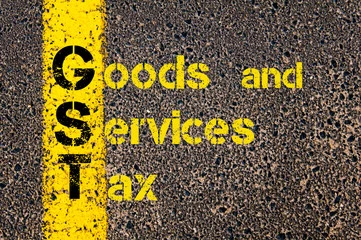Right now GST is being levied as it was conceptualised in 2009 by the State Empowered Committees.
In 2009, it was proposed that GST will subsume certain taxes and by subsummation I mean that it will factor in certain taxes and those taxes would be omitted,
that means they would not be levied separately, for eg. advertisement tax, for eg. entry tax. These taxes are subsumed to form a larger whole, namely GST. This exercise of subsummation is only in part.
The reason for this is that in 2009, when the States and the Union was agreeing to bring in GST they were not sure, they were not sure how GST will play out, they were not sure whether their revenue targets would be met, they were not sure whether the level of cooperation which they expect for GST would be there and there were lot of other reasons for uncertainties which were obvious .
Therefore the exercise of subsummation was in part. Certain States taxes, certain Union taxes were subsumed to bring in GST. However, the other taxes which were left out in 2009, have continued to be left out even in 2017, when GST came into picture.
For eg. terminal taxes, for eg. taxes on land and building, for eg. taxation on sale or consumption of electricity, now these are areas or rather these are taxing fields which are still outside GST,
so today the answer to the question is that yes, GST is a reform because it subsumes a large number of taxes but the way things stand, GST is only a starting point as we see today. There is a scope, in fact a tremendous scope for expansion.
For eg. petroleum products, they are yet to be brought in GST; for eg. electricity, it is yet to be brought in real estate, these are a number of examples which can be accounted for, which are yet to be brought in GST.
Once that exercise is completed, then only GST can be said to be a truly harmonised tax which we expect to achieve in near future.

